The Northern Renaissance: Dürer to Holbein at the Queen’s Gallery
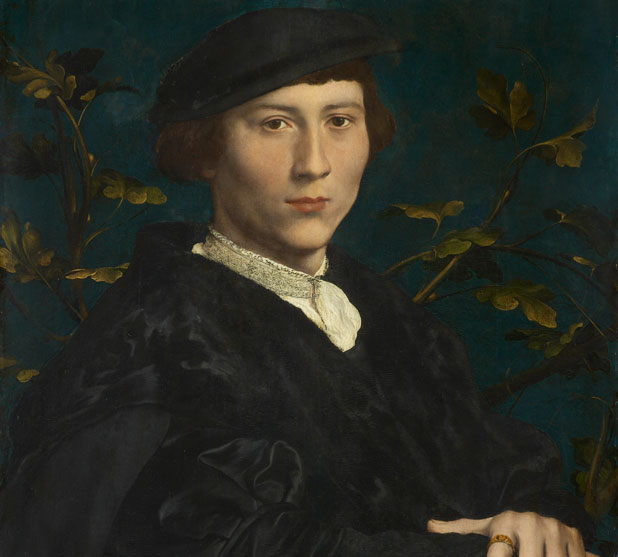
The time and characters of Henry VIII’s court have never really faded from public fascination. For artists of the time, Henry’s destruction of churches meant a move away from religious paintings and a resurgence of portraiture amidst the power struggles.
The Northern Renaissance is a debatable term devised to describe what was going on away from the Italian Renaissance. At the time, court painters were highly prized, and so artists such as Dürer and Holbein, both German, travelled Europe to find prestigious work. Holbein found favour in England, and his portraits of the powerful almost allow us to touch the impressive gold cloth and fabulous embroidery on the sleeves of those who were plotting and scheming against each other.
The exhibition includes paintings, drawings, prints and artefacts from several artists, both known and lesser known. It’s a chance to see rare treasures. The Queen owns a vast and favoured art collection, a legacy of family and national history. All of the exhibitions at The Queen’s Gallery at Buckingham Palace, and the other royal residences, are curated from within the collection, which allow unique revelations, such as Holbein portraits shown next to his preparatory sketches.
The Queen’s Gallery has hung the works against deep jewel colours and sympathetic lighting, which allows the paintings to glow and appear almost photographic from a distance. Each work in this exhibition is a superior example of its type, and allows a unique sense and flavour of this extraordinary time whose reverberations are still part of our laws and society.
The recent winner of the Man Booker prize, Hilary Mantel, explores the life of Henry VIII’s ill-fated minister, Thomas Cromwell, in her novel Bring Up The Bodies. TV series and films continually plough this rich seam of history. Always in fashion, always fascinating, these characters come to life across the centuries through painting.
Eleanor MacFarlane
The Northern Renaissance: Dürer to Holbein is at the Royal Collection, Buckingham Palace, now. For further information or to book visit the exhibition’s website here.

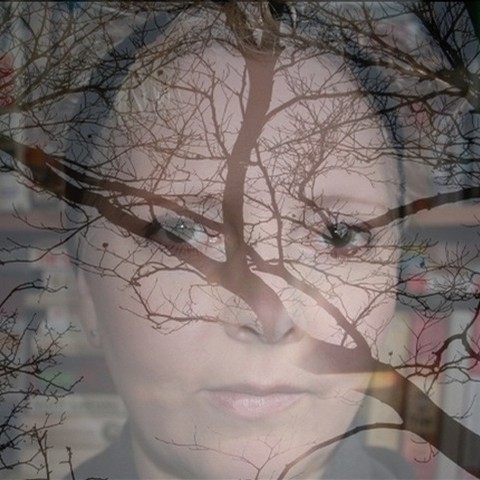
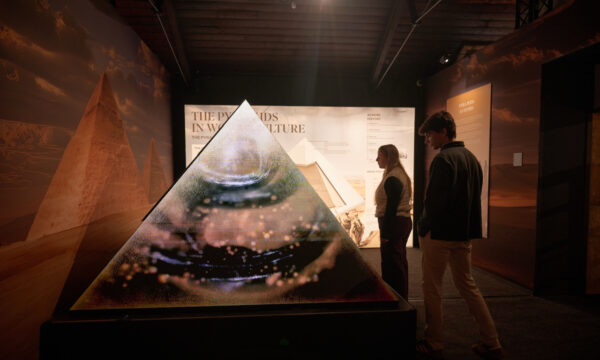
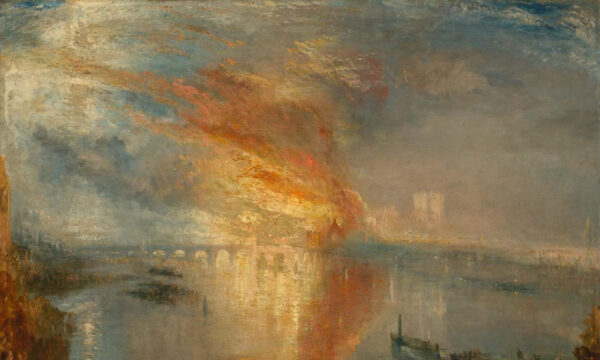
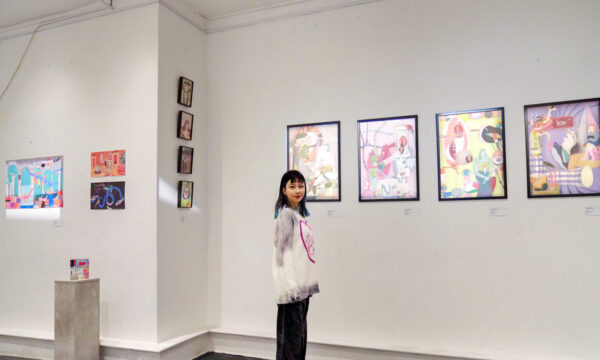
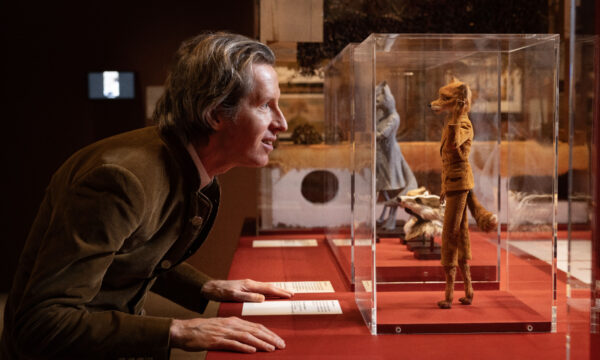
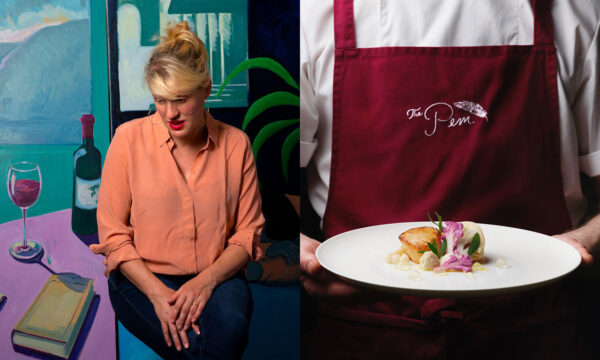
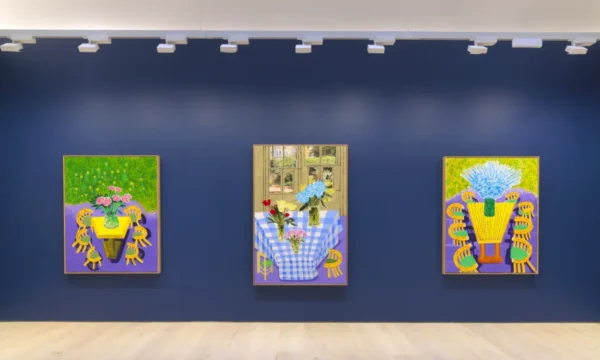
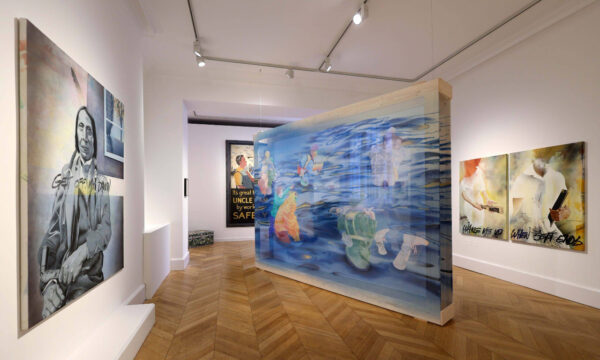
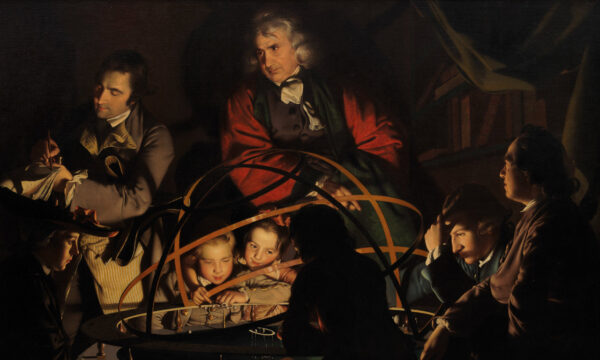
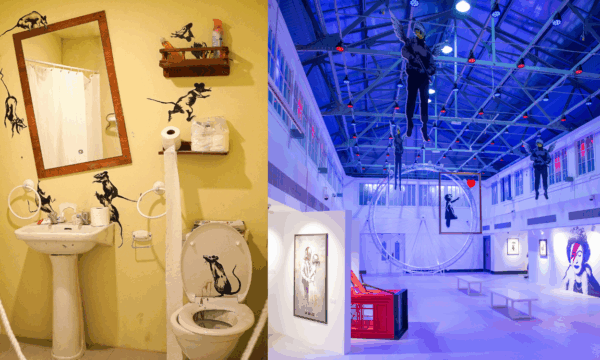
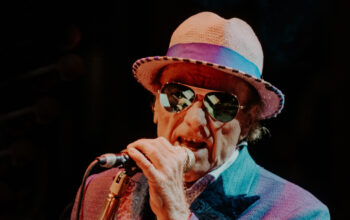

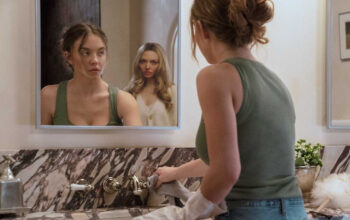





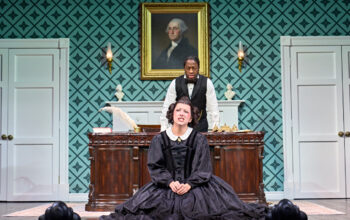
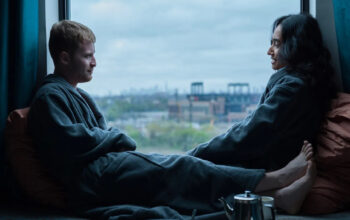





Facebook
Twitter
Instagram
YouTube
RSS